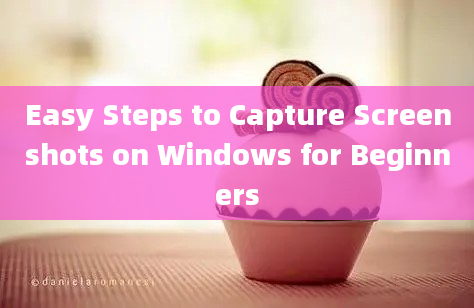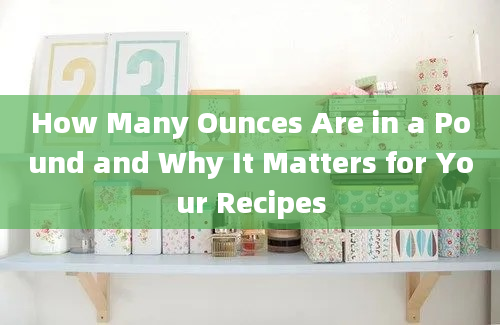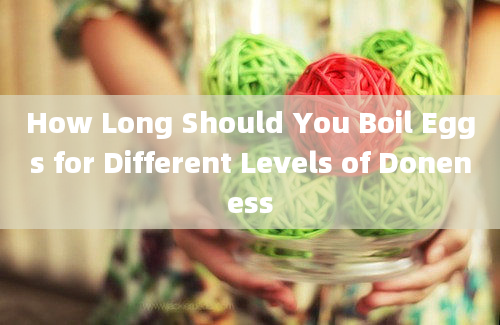Understanding the Conversion of Ounces to Cups for Accurate Cooking

Accurate measurements are crucial in cooking and baking to ensure the desired outcome of recipes. One common conversion that often confuses home cooks is the conversion of ounces to cups. Understanding this conversion is essential for achieving precision in your culinary endeavors.
What is an Ounce?
An ounce (oz) is a unit of mass in the imperial and US customary systems. In cooking, it is often used to measure both liquid and dry ingredients. There are two types of ounces relevant to cooking: fluid ounces (fl oz) for liquids and ounces (oz) for dry ingredients.
What is a Cup?
A cup is a unit of volume commonly used in cooking and baking, particularly in the United States. One cup is equivalent to 8 fluid ounces (fl oz) when measuring liquids.
Conversion Ratios
1. Fluid Ounces to Cups:
1 cup = 8 fluid ounces (fl oz)
This means that to convert fluid ounces to cups, you divide the number of fluid ounces by 8.
2. Dry Ounces to Cups:
The conversion for dry ingredients is not as straightforward because the weight of a cup of a dry ingredient can vary depending on the substance. For example:
1 cup of flour weighs approximately 4.5 ounces.
1 cup of sugar weighs approximately 7 ounces.
For accurate conversions, it is best to refer to specific ingredient charts.
Why is Accurate Conversion Important?
Accurate measurements are vital for several reasons:
Consistency: Ensures that your recipes turn out the same every time.
Texture and Taste: Incorrect measurements can alter the texture and taste of your dish.
Chemical Reactions: In baking, precise measurements are crucial for the chemical reactions that occur, such as the leavening process.
Tools for Accurate Measurement
1. Measuring Cups: For liquids and dry ingredients.
2. Kitchen Scale: For precise measurement of dry ingredients by weight.
3. Conversion Charts: Handy for quick reference.
权威来源 (Authoritative Sources)
U.S. Department of Agriculture (USDA): Provides standardized measurements for various ingredients. [USDA Food Measurement Guide](https://www.usda.gov)
The Joy of Cooking: A renowned cookbook that offers detailed conversion tables. [The Joy of Cooking](https://www.joyofcooking.com)
Cook's Illustrated: Known for its rigorous testing and precise recipes. [Cook's Illustrated](https://www.cooksillustrated.com)
By understanding and utilizing these conversion ratios and tools, you can ensure that your cooking and baking are accurate and consistent.
Frequently Asked Questions (FAQs)
Q1: How many fluid ounces are in one cup?
A1: One cup is equivalent to 8 fluid ounces (fl oz).
Q2: Can I use the same conversion for both liquid and dry ingredients?
A2: No, the conversion for dry ingredients varies depending on the substance. For liquids, 1 cup is always 8 fluid ounces.
Q3: How do I convert ounces of flour to cups?
A3: Approximately 4.5 ounces of flour equals 1 cup. For precise measurements, it's best to use a kitchen scale.
Q4: Why is it important to measure ingredients accurately in baking?
A4: Accurate measurements are crucial in baking for proper chemical reactions, which affect the texture, rise, and overall outcome of the baked goods.
Q5: What is the best tool for measuring dry ingredients?
A5: A kitchen scale is the best tool for measuring dry ingredients by weight, ensuring accuracy.
Q6: How many ounces of sugar are in one cup?
A6: Approximately 7 ounces of sugar equals 1 cup.
Q7: Can I use a regular cup from my kitchen for measuring ingredients?
A7: It's not recommended. Measuring cups designed for cooking provide standardized volumes for accuracy.
Q8: How do I convert ounces of liquid to cups?
A8: To convert fluid ounces to cups, divide the number of fluid ounces by 8.
Q9: What should I do if a recipe lists ingredients in ounces but I only have measuring cups?
A9: Use a conversion chart specific to the ingredient to convert ounces to cups. For liquids, divide the ounces by 8.
Q10: Is it better to measure by weight or volume in cooking?
A10: Measuring by weight is generally more accurate, especially for dry ingredients. However, for liquids, measuring by volume (using cups) is usually sufficient.
By addressing these common questions, you can gain a better understanding of how to convert ounces to cups accurately, ensuring your cooking and baking efforts are successful.










